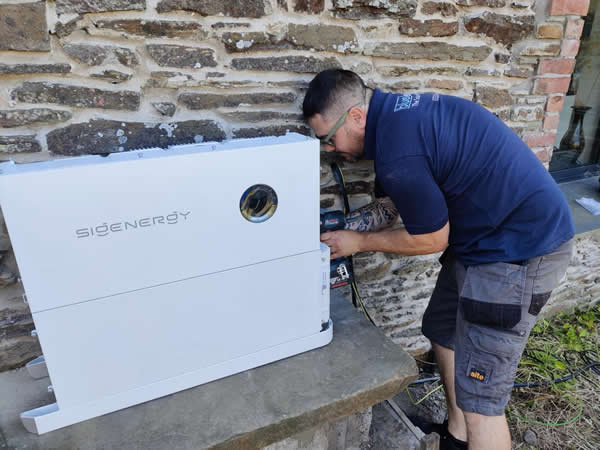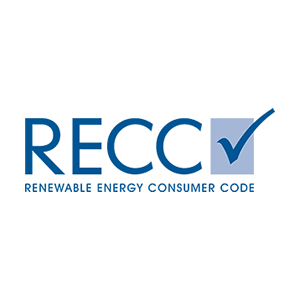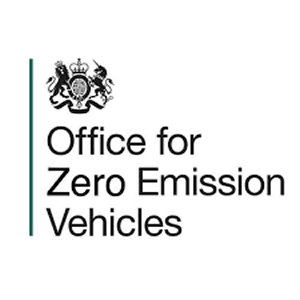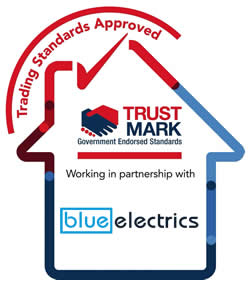As more households transition to renewable energy sources, understanding how hybrid inverters and battery storage systems work is essential. This blog post will help you grasp the basics, especially focusing on how your battery’s discharge rate and capacity influence your home’s energy management.
What is a Hybrid Inverter?
A hybrid inverter is a versatile device that manages energy from multiple sources—solar panels, batteries, and the electrical grid. It ensures your home has a continuous power supply by switching between these sources as needed.
Understanding Battery Storage and C Rating
Batteries store energy generated by your solar panels. The capacity of a battery is measured in kilowatt-hours (kWh), which tells you how much energy it can hold. However, how quickly a battery can discharge this energy is determined by its C rating.
What is a C Rating?
The C rating of a battery indicates the rate at which it can be charged or discharged relative to its capacity. A C rating of 1 means the battery can be fully charged or discharged in one hour. A C rating of 0.5 means it takes two hours to fully charge or discharge the battery.
Real-Life Scenarios
Let’s look at two examples to understand how this works in real-life situations.
Example 1: 5kW Hybrid Inverter with a 5kWh Battery
- Inverter: 5kW
- Battery Capacity: 5kWh
- C Rating: 0.5
To find the maximum discharge power of the battery, we use this formula:
Maximum Discharge Power = Battery Capacity × C Rating
Maximum Discharge Power = 5kWh × 0.5 = 2.5kW
If your house has a 5kW load and there is no solar power available, the battery can only provide up to 2.5kW. The remaining 2.5kW must come from the grid.
Example 2: 8kW Hybrid Inverter with 10kWh Battery Storage
- Inverter: 8kW
- Battery Capacity: 10kWh
- C Rating: 0.5
Using the same formula:
Maximum Discharge Power = 10kWh × 0.5 = 5kW
If your house has an 8kW load and there is no solar power available, the battery can provide up to 5kW. The remaining 3kW will need to come from the grid.
Why This Matters
Understanding these concepts helps you optimise your energy usage and savings. By knowing the limitations and capabilities of your battery and inverter system, you can better manage when to use stored energy and when to draw from the grid. This knowledge is particularly useful during peak hours when electricity rates are higher.
Conclusion
Your hybrid inverter and battery system play a crucial role in managing your home’s energy needs. By understanding the relationship between battery capacity, C rating, and your home’s energy load, you can make informed decisions that maximise efficiency and cost savings. As we move towards more sustainable living, being informed about how these systems work is the first step to harnessing their full potential.
If you have any questions or need further assistance, feel free to reach out. We’re here to help you make the most of your renewable energy system!




















